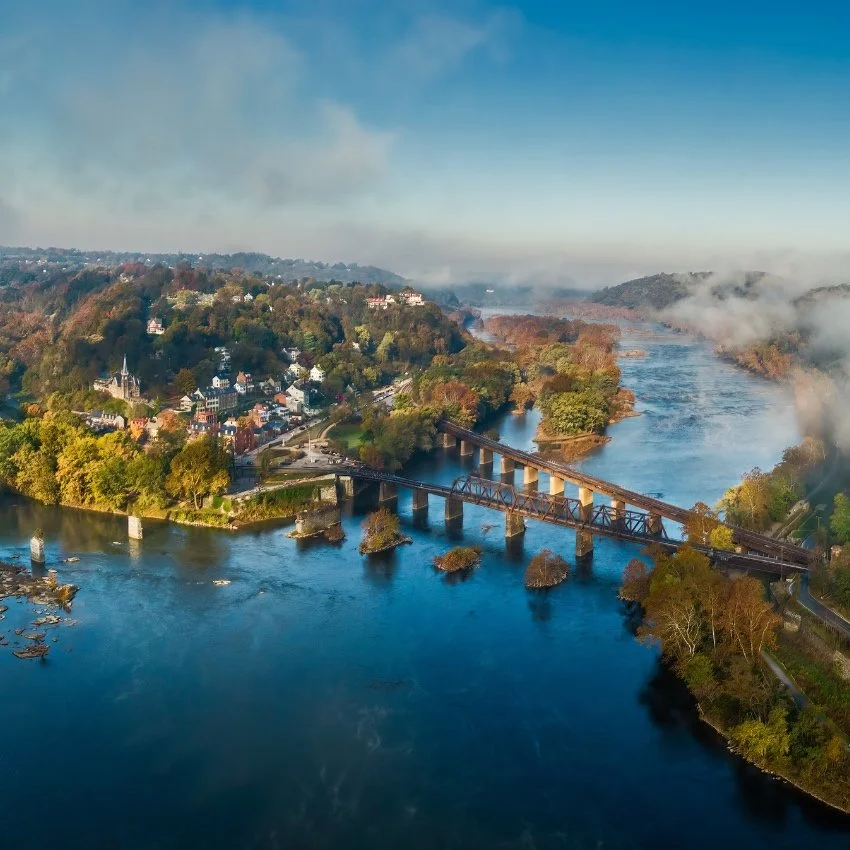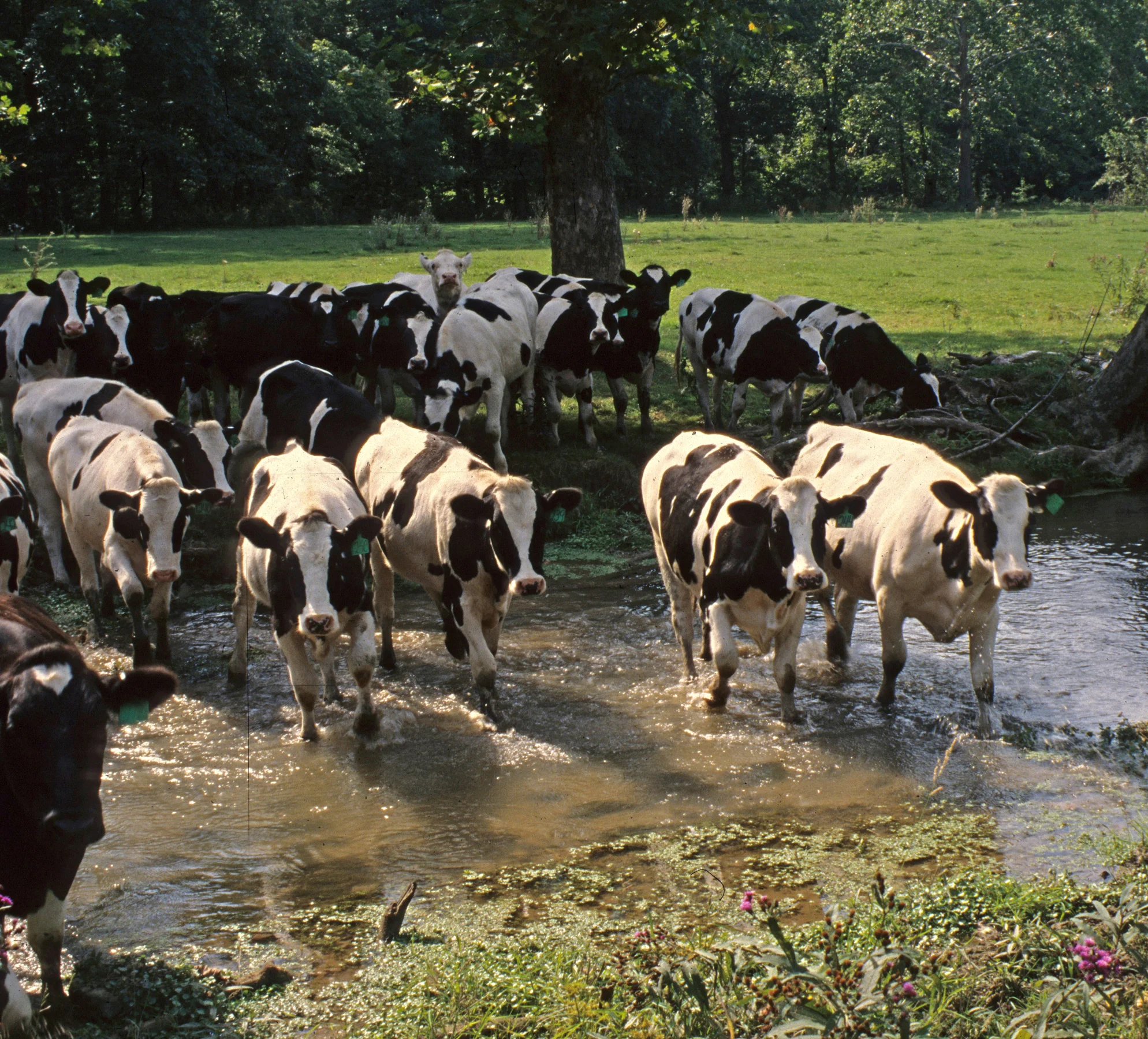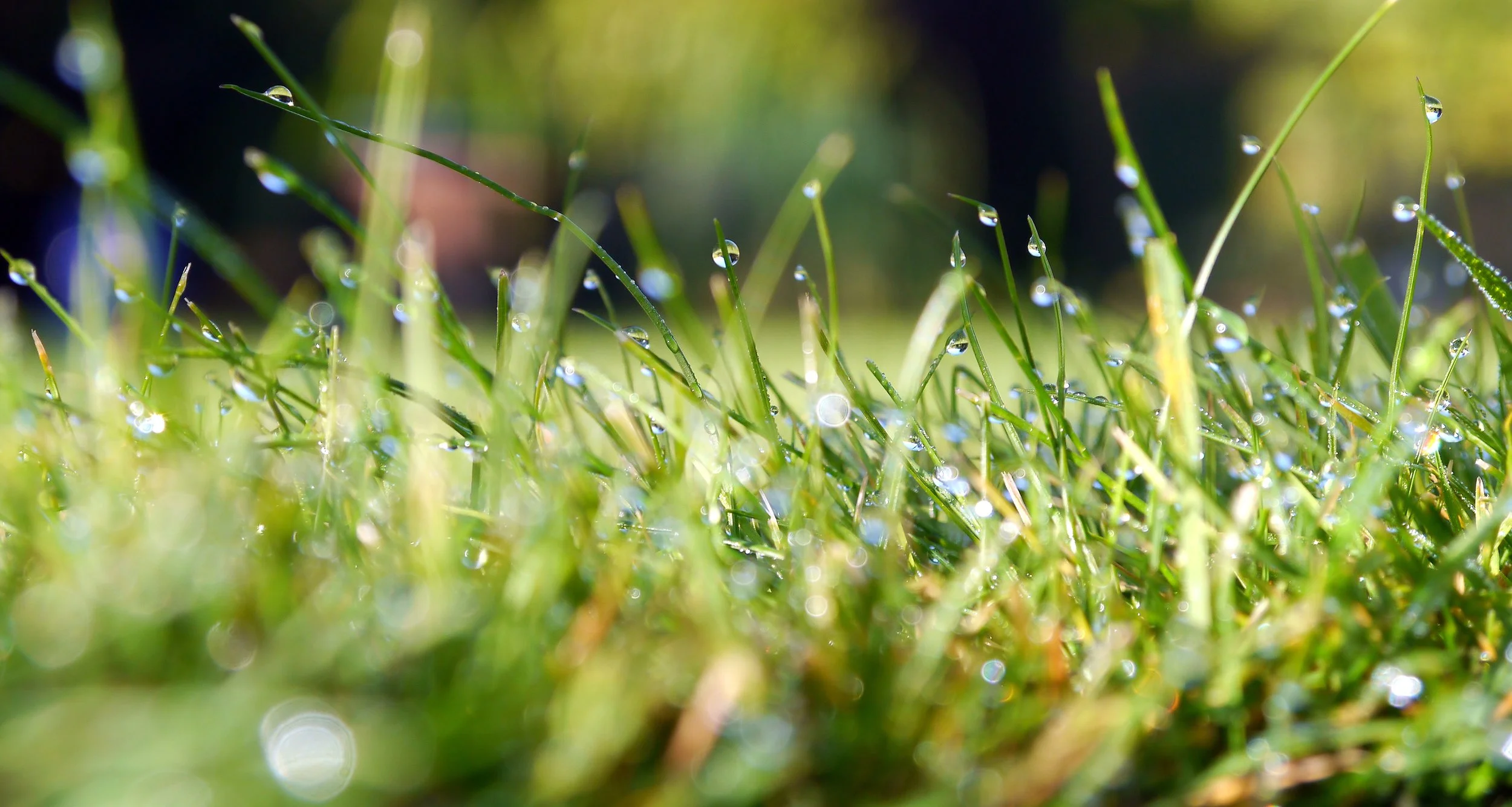Potomac River study reveals close link between air and water pollution
/Threats to weaken Clean Air Act will likely hurt our water, too
Photo by Brent Moore/ Flickr
Close your eyes and picture pollution that harms the Potomac.
Maybe you see a disposable water bottle or a plastic bag along the shore. Maybe you picture untreated sewage flowing from a city overflow pipe into the water. Or maybe you see polluted runoff coming from an upstream farm.
These are all sources of pollution affecting the Potomac, and polluted runoff remains the only growing source of pollution affecting the Potomac and Chesapeake Bay.
But if you're clever and you pictured smog, you get a high five, because that's where we're going with this.
It's easy to understand how pollution here on land can wind up in the water—from pipelines, spills, or polluted runoff after rain storms. But as it turns out, pollution in our air doesn't just affect what we breathe, it also affects what we drink.
Air quality and water quality are inextricably linked. As the Chesapeake Bay Program puts it: "What goes up must come down, and pollution released into the air—by cars, trucks, gas-powered lawn tools, power plants and other sources—falls back to the earth’s surface, where it can wind up in our waterways."
A recent study of the Upper Potomac River by the University of Maryland Center for Environmental Science found that improvements in air quality are more closely tied to improvements in water quality than previously thought.
“These air quality regulations were intended to address human health issues and acid sensitive streams. No one thought you would have this positive impact on water quality. It was totally unanticipated,” said study author Keith Eshleman, professor at the University of Maryland Center for Environmental Science’s Appalachian Laboratory.
Eshleman found that nitrogen pollution in local waters began declining the same year that emission limits on coal-fired boilers were put into effect by the Clean Air Act. Nitrogen is one of the major pollutants in the Potomac and Chesapeake Bay. High levels of nitrogen cause algae blooms and dead zones, impacting wildlife and water quality.
These recent finding make new calls by the federal government to repeal air quality safeguards and rescind the Clean Power Plan all the more troubling.
In 2015, the EPA estimated that the Clean Power Plan would result in a 30 percent reduction in airborne nitrogen pollution, which would have wide ranging benefits for human health and for our the environment.
The EPA's announcement to repeal the Clean Power Plan came only days after the state of Maryland and six other groups, including the Chesapeake Bay Foundation, sued the EPA over air pollution from 19 out of state power plants. The lawsuit, currently pending, argues that upwind pollution is harming local residents and the Bay. About 70 percent of Maryland’s air pollution originates from emissions in upwind states.
The EPA is accepting public comments on its plan to repeal the Clean Power Plan through January 16, 2018. Get vocal and send in your comment >

















The Potomac River has been shaping its physical surroundings for over 3 million years when it was first formed—and for thousands of years, it has played a critical role in the lives of the communities that settled along its banks. Inevitably, humans shaped the river back. Where does that leave us now?